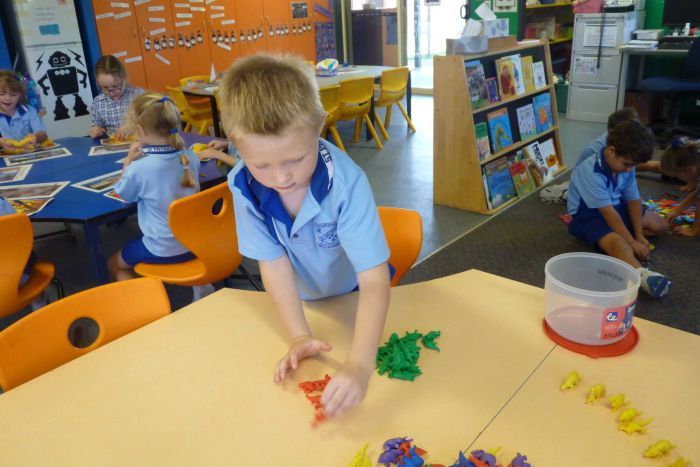The fastest, easiest and happiest therapy is learning.
Learning makes children ‘grow’. Children, especially the ones who have not yet been inducted into school [!], learn the most; because they learn from experience. You frown?
Look at a three month baby. He turns on his stomach and his nose hits the ground. Ouch! He cries. He does this a number of times when he realises that when he turns he needs to keep his nose off the ground.
Gratefully, we can’t have classes for this or …
Look at a 6 month baby. He has learnt he can go against the gravity and pull himself up but his hands have not yet learnt to bear his weight. He learns to bear his weight and to move from point boring to point interesting.
Gratefully, we can’t have classes for this or …
Then the baby decides he wants to see what is on the table and so teaches himself to stand. He has learnt that falling is only a part of the process, not the end and certainly not the interesting part. So, mostly the mother turns around to find him standing holding on to the table cloth. She lets out a squeal of delight, he turns around in surprise, lets go of the cloth, falls down and teaches himself to stand all over again.
Gratefully, we can’t have classes for this or …
He teaches himself to walk, to splash water, to throw the ball, to run to something instead of away from it [most little ones look in one direction and move in another which should tell us how well our brain controls our movements; but then we do not have the time to stop and appreciate the simple things of life!].
Our little baby teaches himself to evolve through the first 5 stages of the Dasa Avataar with no instructions.
The five stages of Dasa Avataar are:
– Lying prone rather like fish [matsya]
– Crawling [koorma]
– Creeping [varaha]
– Sitting [narasimha]
– Standing erect [vamana]
Gratefully, we don’t have classes for all this or we would mess him up completely with a firm and unwavering hand. Oh, I am not joking. Because by the time he is at the fifth stage, we realise that the little fellow actually understands what we say. And then begin the Niagara of instructions. ‘Throw the ball… like this… far… to me… where are you throwing it?…don’t kick, throw’. ‘Eat with your right hand… this is your left hand… right hand… don’t use your left hand…shake hands with your right hand… don’t give with the left hand…’ ‘ Write a slanting line, in the middle write a straight line then write another slanting line… write a straight line, write a round at the bottom… not that side this side that is b this is d…’
If a child does not become a pre-school dropout it is because he still loves to teach himself – how to grip the pencil, how to make it move smoothly, how far he needs to tilt his head so he can see what he writes…

A child learns best when it is exciting; he learns better when he teaches himself. He is most concentrated when he sets his sights and works towards it; he is curious about the end and enjoys the process. There is never a dull moment. Life is joy and the need to learn is deep and insatiable.
Our job is the humble one of introducing possibilities, creating learning situations and keeping quiet while his mind works out the solutions to the challenges we have inadvertently thrown at him.

~ Aruna Raghavan
